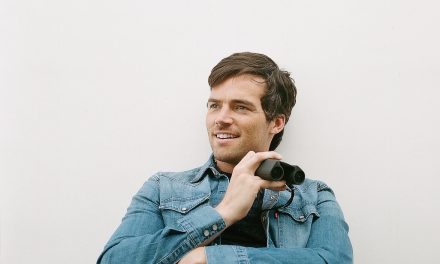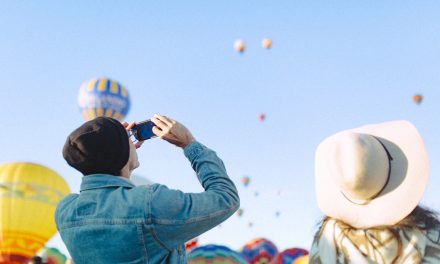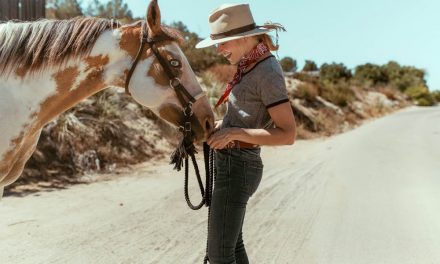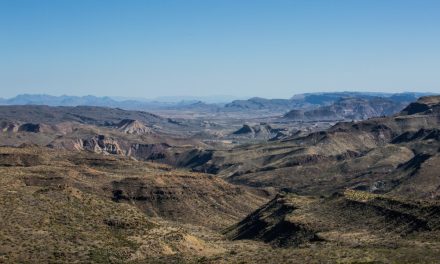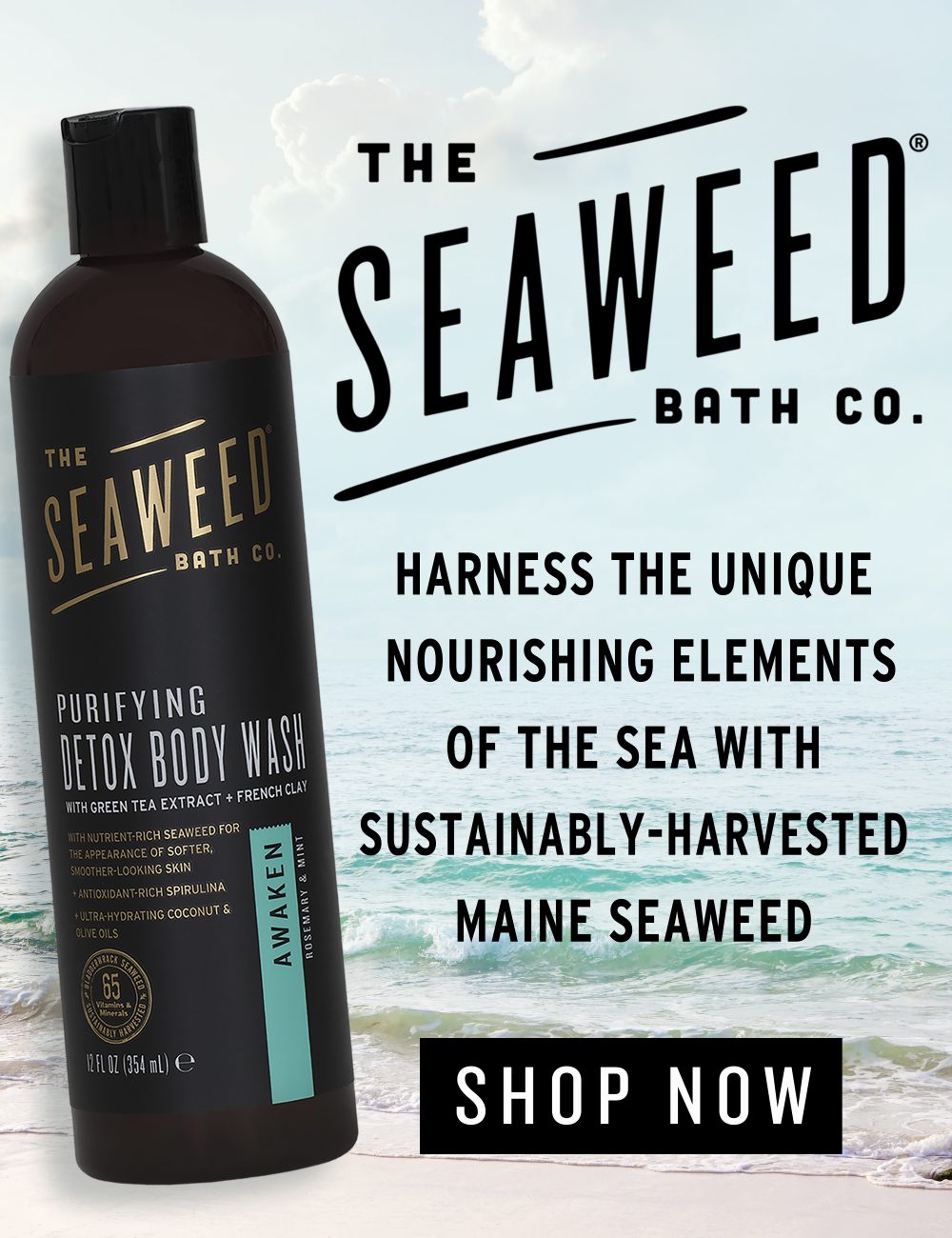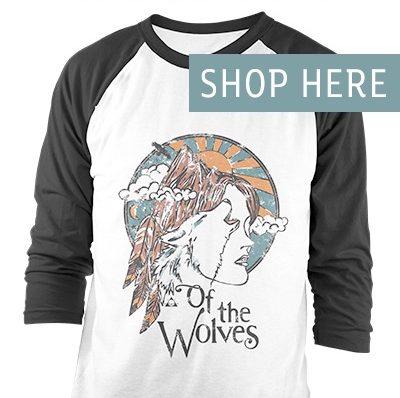Bless Your Sole | Meet Mohinders, Sustainable Shoemakers
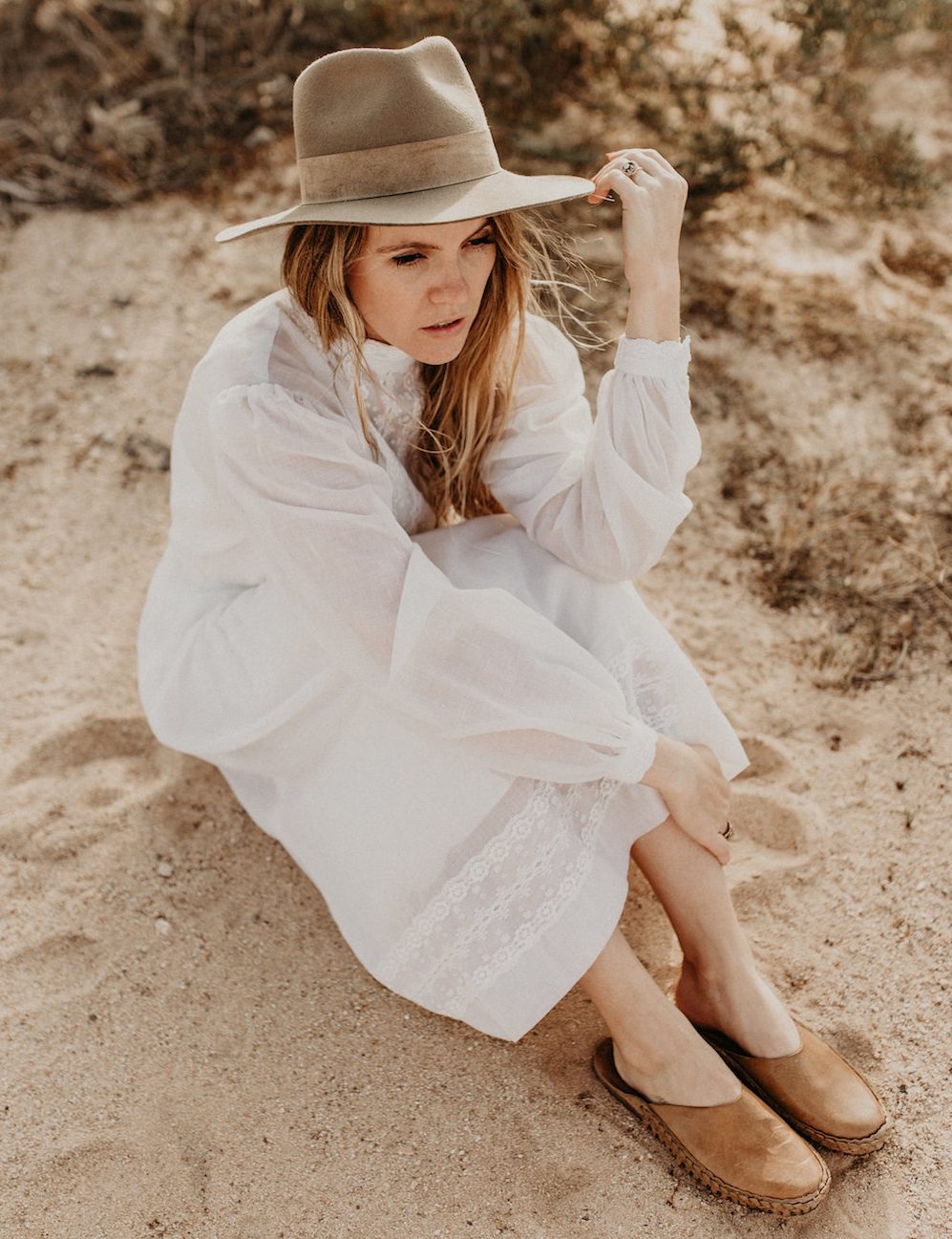
Many of our shoes are traditional designs from Athani Village, India. Therefore, we work with, and will always work with, the shoemakers who live in this region, and are part of the heritage of this design (instead of taking the design and producing it elsewhere, which, unfortunately, often happens in similar scenarios.
Meet Mohinders, your new favorite go-to shoe for daily wear. From their soft slides to their slip-on flats, both women and men can enjoy the ease and comfort of their handmade beauty. Their light-weight and compact design take up little real estate in any luggage, which quickly ranked them as my number one go-to travel shoe. Plus, the more you live in them, the better they become, as their leather forms to your foot over time. Below we’re honored to have shared a meaningful conversation with Mohinders founder Michael Paratore about what makes this shoe so special.
How does one go from being a corporate lawyer to a shoe peddler? Were you always obsessed with a good shoe, or was there just something about this shoe?
There was just something about this shoe. It’s a bit of a classic story—I went on a trip, brought back a locally-made souvenir, had the idea that these would do well in the U.S., and thought, ‘hey, maybe I could work on making it happen.’ There were a lot of reasons why this souvenir pair of shoes, bought on the Colaba Causeway in Mumbai, eventually turned into Mohinders. First, some friends from India told me that my souvenir pair of shoes were entirely handmade in people’s homes, not factory made. Realizing that starting this business would include traveling to find my way to the people who craft these shoes got me excited. Second, my wife had just finished business school, and was starting back at her job with a regular paycheck (good timing). Lastly, I had been working as a corporate lawyer for about two years and was ready to do my own thing. The combination of these reasons led me to quit my job and buy that first ticket to India.
How did you come up with the name for your magnificent soles?
When I told the story behind the name Mohinders to our first PR person, she laughed and said that we had to make up a new story. I said no, so here’s the real (not cool enough) story! I first heard the name Mohinder on the TV show Heroes. There was a character named Dr. Mohinder Suresh. For some reason that name resonated with me; I thought it was awesome, and it lingered in my mind. So when I started daydreaming about starting a company around this shoe, I kept writing ‘Mohinders’ on all my scribbled notes at work. It made perfect—if not totally rational—sense to call this project Mohinders.
In your mind, what are the pillars that uphold the Mohinders business model?
1) Many of our shoes are traditional designs from Athani Village, India. Therefore, we work with, and will always work with, the shoemakers who live in this region, and are part of the heritage of this design (instead of taking the design and producing it elsewhere, which, unfortunately, often happens in similar scenarios).
2) Ensure that we are paying fairly and in a way that supports the shoemakers.
3) Work with what we define to be environmentally responsible, sustainable materials and manufacturers
4) Create something that’s durable, beautiful and wearable—not a museum piece, or something that will fall apart with regular use.
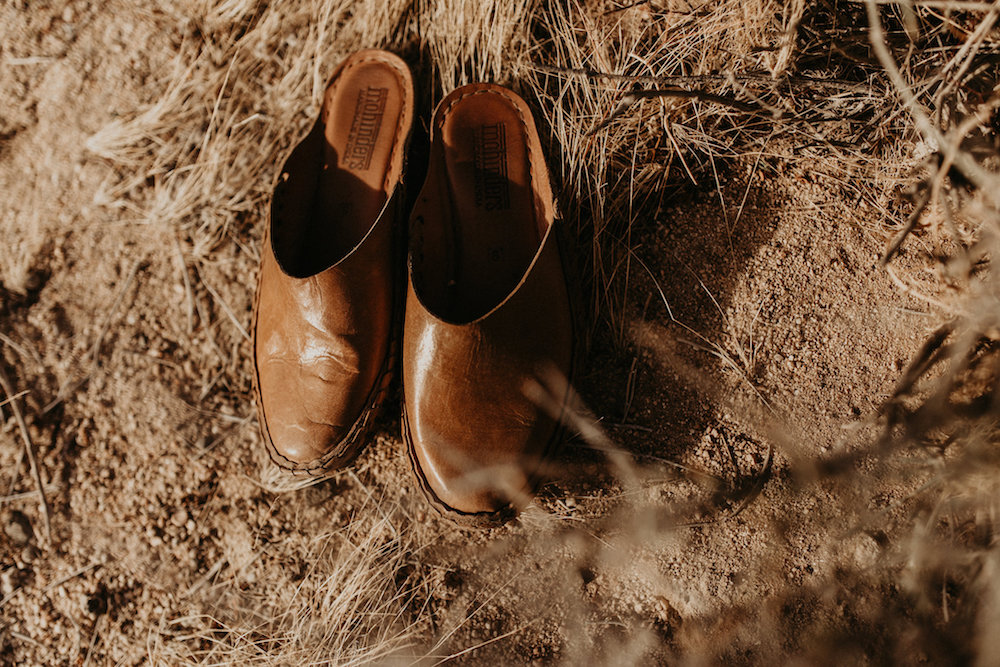
Not all leather goods are created equally. What about Mohinders leather sets it apart from the pack and minimizes its impact on the environment?
Our leather is different from all commercially available leather that I’ve seen. It’s water buffalo leather, tanned in small batches by multi-generational families of artisans. They work in home tanneries, simple setups grouped together in a village surrounded by turmeric and sugarcane fields. It takes about 30 days to tan this kind of leather, all by hand; it’s a much slower and manual process than almost all factory-made leather available. It’s been used for generations to craft sandals and footwear in this part of India, so the material and the product have evolved together.
No synthetic chemicals are used in the tanning process. The only ingredients in the tanning solution are water, limestone, crushed Acacia tree bark, and the myrobalan nut (interestingly, myrobalan is also a natural dye, and is actively used in Ayurvedic medicine).
What goes into making a pair of Mohinders?
The shoemakers we work with start by visiting a weekend leather market in their town to purchase leather (they discern pieces that are especially high quality for shoemaking). Then begins the 37-step process of making a pair of Mohinders City Slippers. One of our favorite steps is called “cavani weaving”— it’s the braid-like strand that lines the edge of each shoe, which holds the upper and midsole together in a strong, beautiful bond that holds up over time, without adhesives. This is one example of a key design element that can’t be replaced by a machine.
How does the purchase of a pair of Mohinders help to support the hands and the community that makes them?
The shoemaking cooperative sets the prices we pay. They determine what prices they need to charge as a group, supported in part by business training and resources from a local NGO. In addition to this, we pay an advance when we place each order. This ensures shoemakers can afford raw materials, and don’t need to borrow money from local money-lenders at exorbitant rates.

